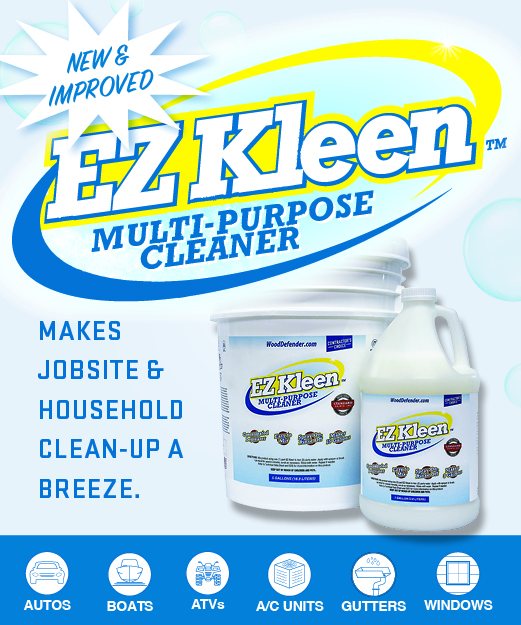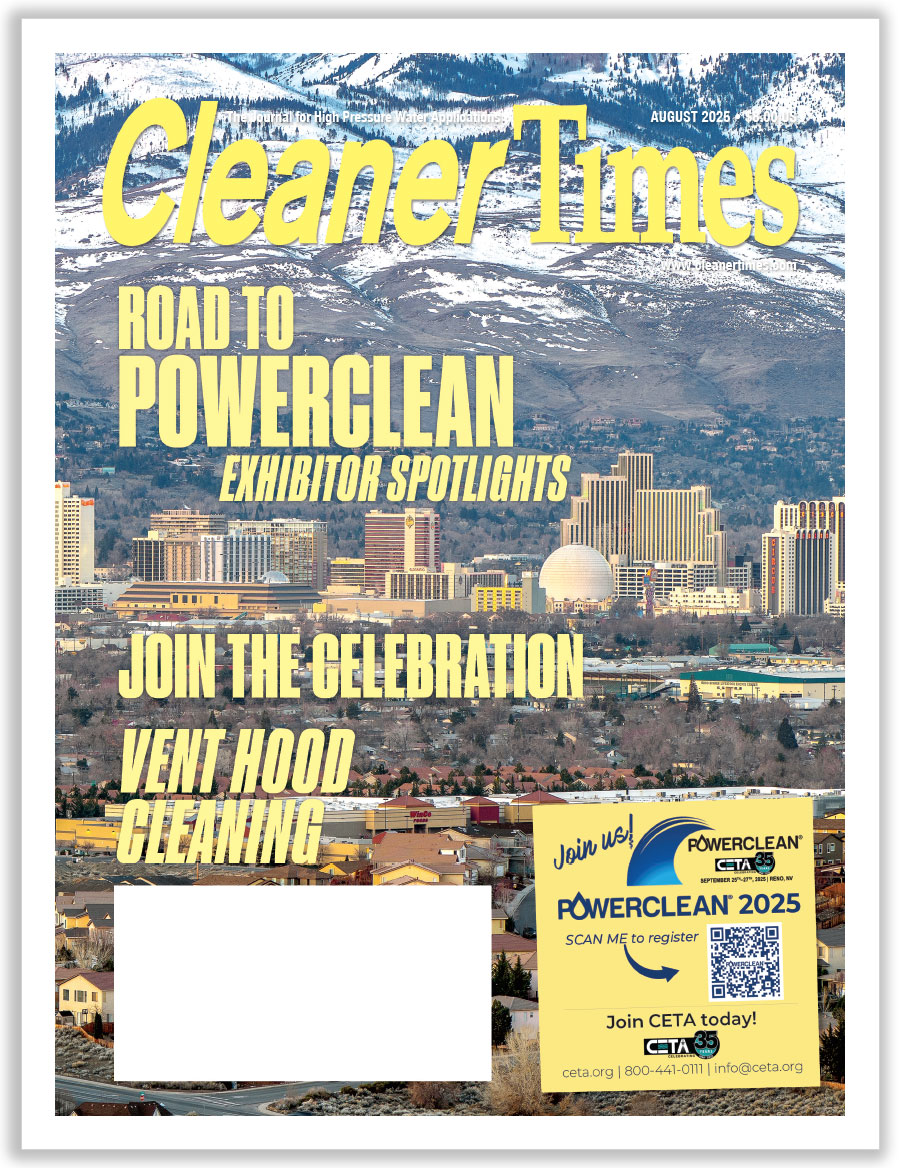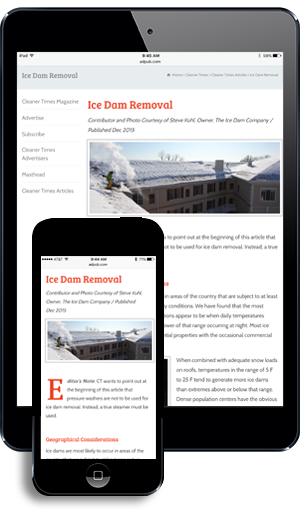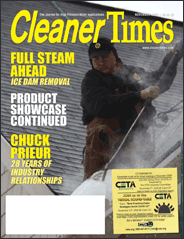
Winterizing Equipment
by Diane M. Calabrese | Published October 2025
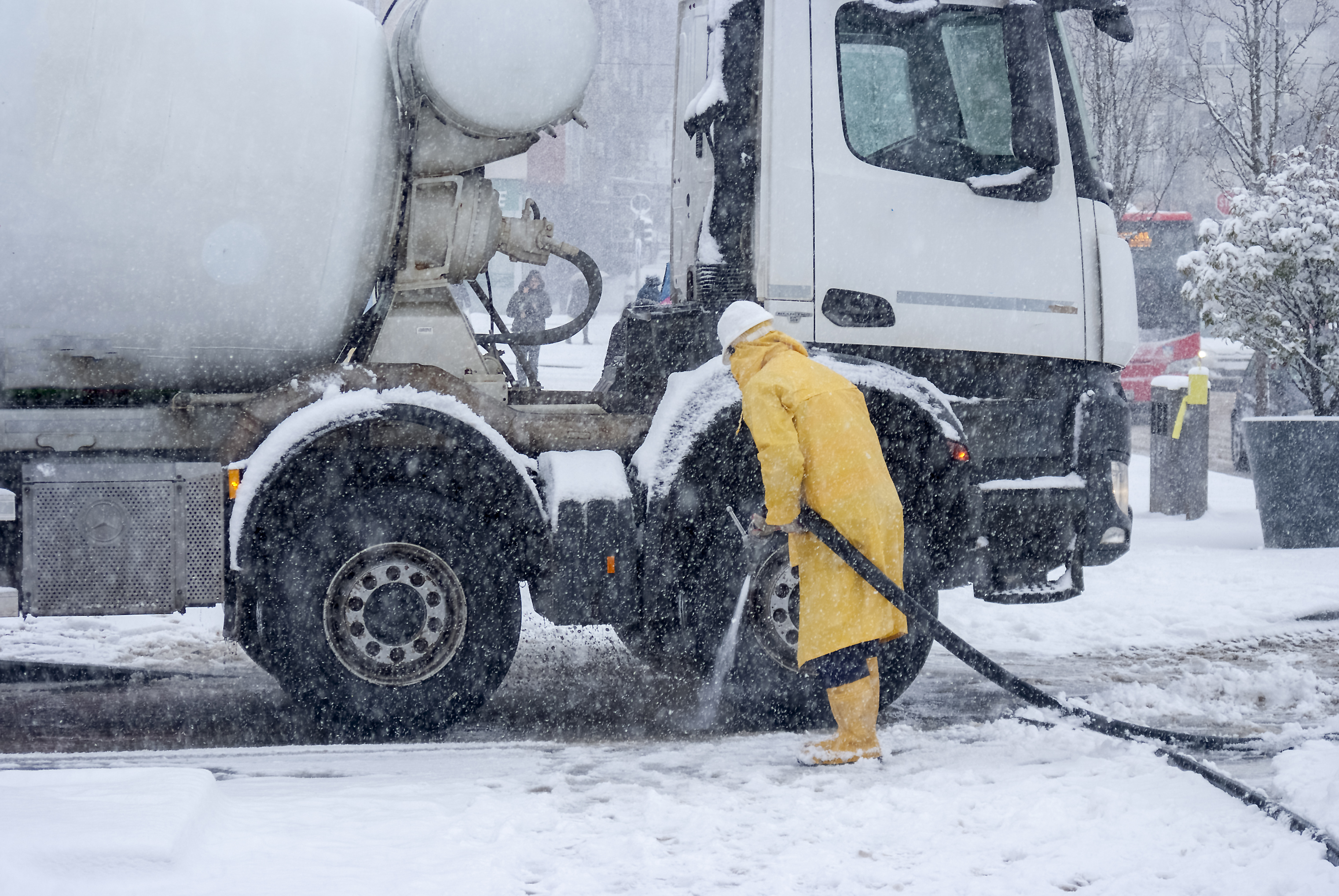
Winter is a state of mind, at least some of the time. A cold October in New York City may bring snow, but cold alone is enough to put many people in the winter mindset.
What about equipment? Has it the same varied responses to the environment?
Not exactly, but there are parallels. In the interest of comfort, people in cold regions store sweaters in summer and keep them accessible in winter. Before they put the sweaters away for the warmer months, they make certain they are clean (or at least they should).
Winterizing applies to equipment of all sorts just as it does to clothing. And equipment used by power washing contractors is right there in the mix.
The basic concept of winterizing applies to protecting equipment from freezing temperatures, but equipment must also be protected from long periods of disuse.
The “when” of winterizing requires an assessment based on a combination of factors. It’s not simply an arbitrary date on a calendar.
“We recommend starting to winterize as soon as overnight temperatures start to get in the 50-degree Fahrenheit range,” says Dennis Black, president of McHenry Pressure Cleaning Systems Inc. in Frederick, MD. “In our part of the country that can be late September or October.”
The “who” of winterization also requires evaluation. “We have several types of customers who need to do winterization,” says Black
“Contractors that work in the winter and especially at night make up one group,” explains Black. “This can include restaurant hood cleaners and other contract cleaners.”
Everyone seeking to properly winterize is already attuned at some level to the vagaries of the environment. “Contractors need to remember that even though temperatures are above freezing during the day, nighttime can be a different situation,” says Black.
Then, there’s a second significant group of equipment owners that must keep winterization on their priorities list. “We also have a lot of trailer- and truck-mounted units that get stored outside,” said Black. “These units need to be winterized before going into winter storage.”
And back to the whims of the environment, there’s more. “We must remind customers that when equipment is hauled in a vehicle, wind chill can have an effect as well as lower temperatures,” says Black. “In other words, machines are sometimes more likely to freeze when being hauled.”
Stationary units should be easier to keep at the proper ambient temperature, but they cannot be ignored. “For stationary units we remind customers to make sure that heaters are in working condition in equipment rooms and buildings,” says Black.
Prep it (for winter storage), stash it, and forget it would be an ideal scenario. But it’s a risky one.
With remote monitoring of everything as easy as it is commonplace, contractors should set up temperature monitoring on their garages or other storage facilities. So, if there’s a heating failure or power outage (and heaters do not automatically reset), the contractor will receive a notification.
A persistent question in just about any context is “Why not?”, and a version of that applies to winterization: Why would a contractor not winterize equipment?
“Usually it is just complacency, or they forget,” says Black. “Sometimes a contractor may think that the equipment will only be exposed to freezing temps for a short period.”
But the “short period” assessment is a gamble. “We have found it only takes a short period of time for the machine to freeze,” says Black. “Of course, the lower the temps and the longer periods a pressure washer is exposed to below freezing, the worse the damage can be.”
How can a contractor be sure to assign the correct priority to winterizing equipment? “First, make sure winterizing is part of normal procedure,” says Black.
Second, do not make the process more difficult than it needs to be. “Make sure your equipment is easy to winterize,” says Black. “It is more likely to get done if it is easier to do.”
What can simplify the task? Assistance from the contractor’s distributor.
“We make sure all our equipment is equipped with easy winterizing kits,” says Black. “We even make a portable kit for portable units.”
There’s real value in assistance tied to a specific unit. “We see a lot of equipment that is purchased by customers in our area with no means of winterizing,” explains Black. “That means that some disassembly and a lot of time is required to winterize. This equates to it possibly not getting done.”
And when getting it done, be methodical so as not to overlook anything. “Don’t forget to drain or winterize guns, wands, hoses, and accessories as well as winterizing the machine,” says Black.
Readiness
Skipping winterization—or simply skipping a few steps—”just this once” may not lead to a catastrophic failure of a machine. But it’s imprudent at best, given the time and money that will be wasted to correct any problems brought about by laxity.
“Everyone should winterize their pressure washers and accessories like surface cleaners, hoses, hose reels, pressure guns, down streamers, turbo nozzles, etc.,” says Henry Bockman, president of PowerWashCompany.com in Germantown, MD. And he adds some specifics to that recommendation.
“Clean out the hoses, guns, down streamers, soft washing pumps, bypass lines, and pressure washing pump by washing out to flush out leftover soap by running clean water through it,” explains Bockman. “Drain all water.”
And “drain all water” means double checking that the water is fully removed. “Turn the washer off and squeeze the trigger to get rid of all the water inside,” says Bockman.
A contractor can develop a sound method for winterizing. Bockman gives us one approach.
“The easiest way to do this is to take a five-gallon bucket with a ball valve and a female garden hose fitting inserted in the bottom of it,” explains Bockman. “Then, hang it a few feet up in the air above your machine. Fill it with RV antifreeze. Attach a hose from the bucket to your machine.
“Then, with all of your hoses hooked up, start the machine and open the ball valve to allow the RV antifreeze to enter the pump and hoses,” continues Bockman. “Point the gun into the bucket and let it shoot through all of your lines and unloader bypass. When antifreeze starts shooting into the bucket, shut off the machine and ball valve on the bucket.”
Novice contractors may ask themselves how serious leaving just a bit of water behind could be. Quite serious is the answer.
“Don’t forget to winterize all your guns, hoses, surface cleaners, and everything that water or cleaning solutions flow through,” says Bockman, emphasizing “all” and “everything.” Why the emphasis?
“A teaspoon of water can cost you a few hundred dollars if it freezes inside your surface cleaner’s swivel,” says Bockman. Hundreds of dollars required to restore a machine because of damage caused by just a teaspoon of water is quite a persuasive example of the need for winterizing.
Rid the unit of water first. Next move on to the engine.
“Add fuel stabilizer to the gas tank and then run the engine for a few minutes so it reaches all parts,” says Bockman. “Then, turn off the gas valve until the engine runs out of gas. This will keep the gas from going bad or gumming up during storage.”
In an ideal world there’s a place for everything (and everything is in its place). Along with that there’s plenty of indoor storage. If there is, take advantage of it.
“I would recommend storing equipment indoors or in a climate-controlled area if possible,” says Bockman. “But if you follow the directions given, you shouldn’t have any problems.
There’s no good reason for skipping winterization of equipment. And Bockman sums up his advice with a quip: “Contractors should always do it unless they live in Mexico.”
Time Is Money
Some things are difficult to imagine until they happen. Members of our industry understand the power of water.
Yet we all sometimes overlook the compound power of ice. One rupture of a frozen pipe in a home or workplace quickly brings a lifetime of awareness about how a little ice can do significant damage.
A pressure washer unit could become a total loss under certain conditions precipitated by ice. For example, on a hot water machine, damaged coils could fail. The cost of a coil may approach the cost of the machine.
Other costly vulnerabilities in a unit include pump heads. Why take a chance?
Using the RV antifreeze method to remove water from the system, or using compressed air to do the same, ensures that the side of the machine that moves water—the collective of wet components–is down to its last drop of water or less. (Glycol in antifreeze fills cavities in plumbing to keep out water; it also prevents seals from drying out.)
True, the potential for trace amounts of water remains. (There’s trace water everywhere in the atmospheric environment, no matter how dry.)
Still, as dry as physically possible is the safe bet for winter.

